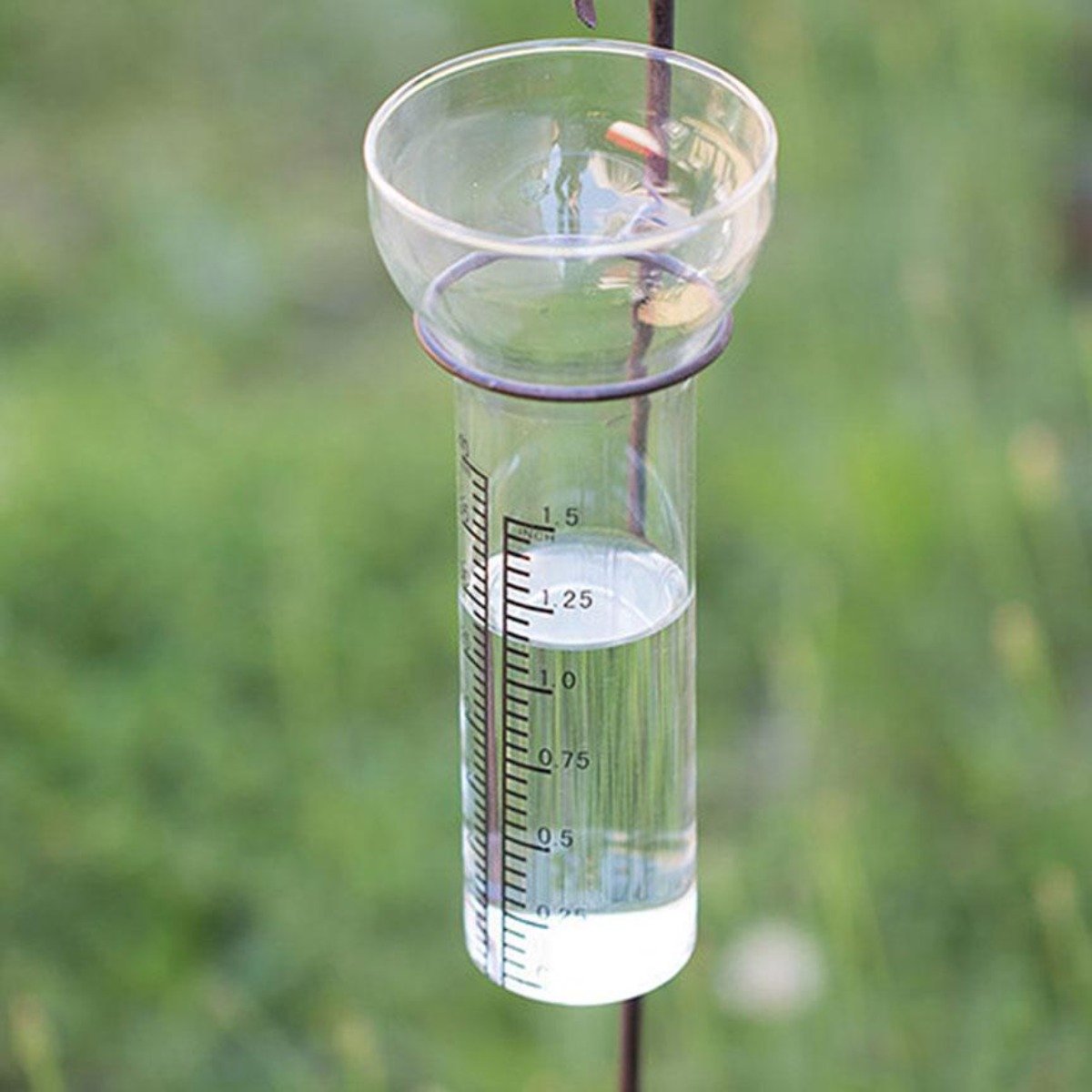Understanding the Science Behind The Rain Gauge: Insights and Innovations Introduced
Understanding the Science Behind The Rain Gauge: Insights and Innovations Introduced
Blog Article
DIY Rainfall Scale: Basic Steps to Make Your Own
Creating your very own Do it yourself rainfall gauge is a simple and reliable way to record and gauge rainfall. With simply a few common materials and some basic actions, you can quickly build your own rain gauge at home. Allow's obtain begun on making your DIY rain scale today!
Gather Materials
To begin constructing your DIY rainfall scale, gather all the needed products utilizing an extensive listing of products. Having the right materials on hand will make sure the effective creation of your rain scale and permit for accurate dimensions of rains. Collecting these materials ahead of time will certainly enhance the building process and ensure that you have whatever you need to create your very own Do it yourself rainfall gauge.
Prepare the Container

Mark the Measurement Increments
To accurately gauge the amount of rains, accurately noting the measurement increments on your do it yourself rainfall scale is necessary. Without accurate and clear markings, it would certainly be challenging to figure out the specific amount of rainfall gathered in your rainfall gauge. Below are the actions to mark the measurement increments on your rain gauge.
The most common units for measuring rains are inches and millimeters. As soon as you have picked the system, utilize a permanent pen or water-proof paint to note the increments on the side of your rain scale.
When marking the increments, it is necessary to make sure that they are equally spaced and plainly visible. Make use of a leader or determining tape to guarantee precision and uniformity. Furthermore, make sure that the markings are immune to fading or abrading, as exposure to the aspects might trigger them to deteriorate with time.
Place the Rainfall Gauge Outdoors
The rainfall gauge need to be placed outdoors to accurately accumulate rainfall information. The place picked for the rainfall gauge ought to be totally free and open from any kind Related Site of blockages that might potentially impact the dimension of rains. The Rain Gauge.
In addition, it is essential to place the rain scale on a steady surface, such as a level ground or a sturdy blog post. This will certainly avoid any kind of motion or tilting of the scale, which might lead to unreliable measurements. It is also a good idea to avoid positioning the gauge near any type of sources of fabricated water, such as lawn sprinklers or drainage systems, as this can interfere with the accuracy of the measurements.
Screen and Record Rainfall Data
Routine monitoring and recording of rainfall information is important for accurate data evaluation and analysis. By keeping an eye on rains measurements, you can get valuable understandings into weather patterns, climate fads, and water resource management. To successfully monitor and videotape rains information, it is vital to establish a regular and maintain regular techniques.
First of all, make sure that your rainfall scale is placed in an open area away from barriers such as trees or buildings that might block rainfall. Additionally, make certain the rain gauge is degree and firmly secured to avoid any motion that could impact the accuracy of the measurements.

When tape-recording the rains data, it is essential to keep in mind the date and time of each dimension. Make use of a ruler or a determining stick to determine the rainfall deepness in the rain scale, and record this info properly.
To ensure the precision of the measurements, it is advised to empty the rainfall scale after each recording. This will certainly stop any kind of overflow or evaporation from influencing subsequent dimensions.
Verdict
Finally, developing a DIY rain gauge is a easy and sensible way to monitor and tape rains data (The Rain Gauge). By following the actions described in this post, you can conveniently collect materials, prepare the container, note the measurement increments, and position the rainfall gauge read outdoors. Consistently checking and taping rains information can provide valuable details for different functions
Having the ideal products on hand will guarantee the successful creation of your rain gauge and allow for exact dimensions of rains.To precisely measure the quantity of rains, properly noting the measurement increments on your DIY rainfall scale is crucial.The rain gauge need to be put outdoors to precisely gather rainfall data. The area picked for the rain gauge should be open and complimentary from any type of blockages that could possibly influence the dimension of rainfall.In final thought, developing a DIY rain gauge is a straightforward and useful way to keep an eye on and tape rainfall data.
Report this page